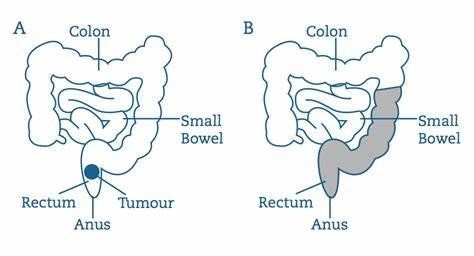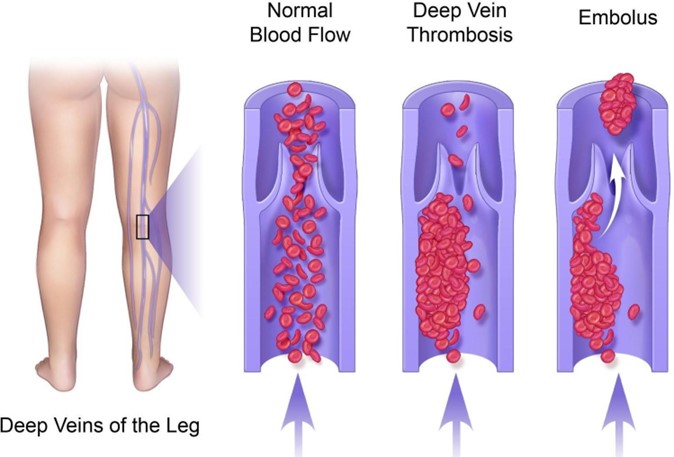The nurse receives a change-of-shift report from the prior nurse assigned to a group of clients on a post-surgical unit. Which client requires the most immediate intervention by the nurse?
A client who had an abdominal-perineal resection 3 days ago has no drainage on the dressing and is reporting chills.
A client who fell from a ladder and has a collapsed left lower lung with 100 mL drainage in a chest tube collection container.
A client who was admitted 4 hours ago with a gunshot wound and has a dressing with 2 cm-sized dark red drainage.
A client who is post-mastectomy 2 days ago and has 50 mL of serosanguineous fluid in a Jackson-Pratt drain.
The Correct Answer is A
Choice A reason: This client may have an infection or sepsis, which are life-threatening complications of surgery. The nurse should assess the client's vital signs, wound appearance, and laboratory results, and notify the physician immediately.
Choice B reason: This client has a chest tube to drain the pleural fluid and re-expand the lung. The amount of drainage is within normal limits and does not indicate an emergency. The nurse should monitor the client's respiratory status, oxygen saturation, and chest tube function.
Choice C reason: This client has a gunshot wound that may have caused tissue damage and bleeding. The dressing with 2 cm-sized dark red drainage may indicate fresh bleeding, but it is not excessive. The nurse should check the dressing for signs of infection, change it as ordered, and report any changes to the physician.
Choice D reason: This client has a Jackson-Pratt drain to collect the fluid from the surgical site after a mastectomy. The amount of serosanguineous fluid is expected and does not indicate a problem. The nurse should empty and measure the drain output, record it, and report any abnormalities to the physician.

Nursing Test Bank
Naxlex Comprehensive Predictor Exams
Related Questions
Correct Answer is A
Explanation
Choice A Reason: This is the correct answer because the nurse should immediately inform the healthcare provider of the medication error and the client's condition. The healthcare provider may order antidotes, such as protamine sulfate for heparin and vitamin K for warfarin, to reverse the anticoagulant effects and prevent bleeding complications.
Choice B Reason: Monitoring for signs of bleeding is important but not the priority action for the nurse because it does not address the cause of the problem or prevent further harm. The nurse should monitor the client's vital signs, hemoglobin, hematocrit, and urine output, as well as check for any signs of bleeding, such as bruising, petechiae,
hematuria, hematemesis, melena, or epistaxis.
Choice C Reason: Completing an adverse occurrence report is important but not the priority action for the nurse because it does not provide immediate intervention or treatment for the client. The nurse should complete an
adverse occurrence report after notifying the healthcare provider and implementing appropriate actions. The report should include the details of the error, such as the time, dose, route, and name of the medications involved, as well as the client's response and outcome.
Choice D Reason: Obtaining blood for coagulation studies is important but not the priority action for the nurse because it does not provide immediate intervention or treatment for the client. The nurse should obtain blood
samples for coagulation studies, such as prothrombin time (PT), international normalized ratio (INR), and activated partial thromboplastin time (aPTT), after notifying the healthcare provider and following their orders. The results of these tests can help determine the extent of anticoagulation and guide further therapy.

Correct Answer is B
Explanation
Choice A Reason: Waiting until the end of the second week to see if the orientee is able to complete her assignments is not the best action for the charge nurse to take. This would delay providing feedback and support to the orientee, who may feel frustrated and discouraged by her performance. The charge nurse should intervene as soon as possible to help the orientee improve her skills and confidence.
Choice B Reason: Assigning the orientee to work with an experienced nurse who is a long-time, efficient employee is the best action for the charge nurse to take. This would provide the orientee with a role model and a mentor who can guide her through the daily tasks, share tips and tricks, and offer constructive feedback and encouragement. The orientee would benefit from learning from someone who has mastered the workflow and expectations of the unit.
Choice C Reason: Informing the supervisor that for client safety this nurse should be assigned to a slower-paced unit is not the best action for the charge nurse to take. This would imply that the orientee is incompetent and unsuitable for the unit, which may damage her self-esteem and motivation. The charge nurse should first try to help the orientee adjust to the unit and develop her competencies before considering a transfer.
Choice D Reason: Talking to the orientee and asking her if she has considered working in a less stressful environment is not the best action for the charge nurse to take. This would suggest that the charge nurse has given up on the orientee and does not believe in her potential. The charge nurse should first try to understand the challenges and needs of the orientee and provide appropriate guidance and support before suggesting alternative career options.
Whether you are a student looking to ace your exams or a practicing nurse seeking to enhance your expertise , our nursing education contents will empower you with the confidence and competence to make a difference in the lives of patients and become a respected leader in the healthcare field.
Visit Naxlex, invest in your future and unlock endless possibilities with our unparalleled nursing education contents today
Report Wrong Answer on the Current Question
Do you disagree with the answer? If yes, what is your expected answer? Explain.
Kindly be descriptive with the issue you are facing.
